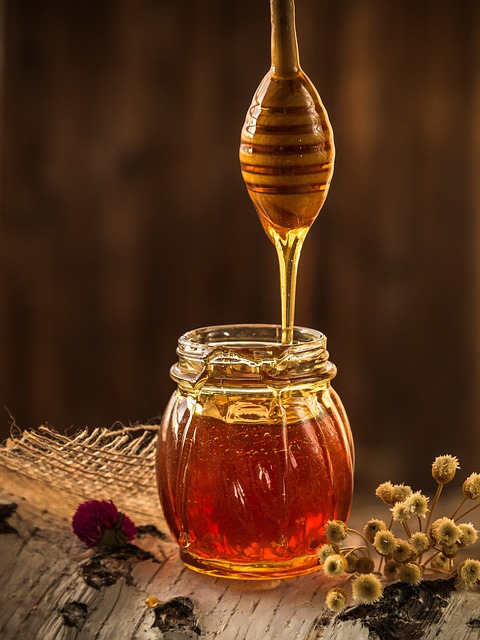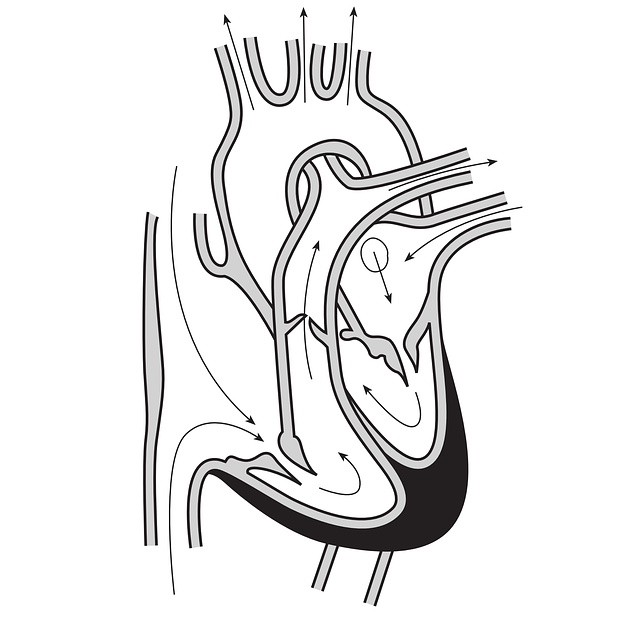Have we thought why honey moves so much slowly in comparison of water? Alternatively, why does oil spread differently than juice? This is not all magic but is a quality of fluids and this solution can be found in a fluid’s viscosity.

What is Viscosity?
A fluid’s viscosity is a measurement of its resistance to flow. The “thickness” or “stickiness” of a liquid. A fluid with a high viscosity, such as syrup or honey, flows slowly. A fluid with low viscosity, such as milk or water, flows freely.
Viscosity is the property of the fluid by virtue of which it opposes the relative motion between its adjacent layers. It is fluid friction or internal friction.
Consider pouring water and honey next to one other. While water spill out almost immediately, whereas honey takes its time and forms a viscous stream. The reason for this discrepancy is that honey is more viscous than water

Viscosity | Solid friction |
It is internal friction as the layer exerting the friction force is internal to the liquid. | It is external friction as the friction force is due to an external body. |
The viscous force is directly proportional to the surface area of contact of liquid layers. | It is independent of area of solid surfaces in contact. |
The viscous force is directly proportional to the relative velocity between two layers of a liquid. | It is independent of the relative viscosity of one body with respect to another body in contact. |
It does not depend upon the normal reaction between the two layers of the liquid. | It is directly proportional to the normal to the normal reaction between the surfaces in contact. |
Newton’s law of viscosity: Viscous force acting between two layers of a liquid flowing in streamlined motion is given by, F = -nA dv / dy, where dv / dy is viscosity gradient, n is coefficient of viscosity of fluid and A is contact area of the layers.
How Does Viscosity Work?
Consider a fluid as a collection of microscopic things, it is unnoticeable layers to understand viscosity. These layers slide over one another when a liquid is poured or stirred. The fluid can flow freely in a low-viscosity liquid, such as water, since the layers move easily. The layers in a high-viscosity liquid, such as honey, encounter increased friction, which slows and thicken movement.
Factors That Affect Viscosity
A fluid’s viscosity can be changed by a number of factors:
Temperature: Most fluids get thinner when heated. For example, honey flows considerably more quickly when heated because heat causes it to become less viscous. Conversely, cold temperatures cause it to become thicker and slower.
Composition – The viscosity of a liquid is determined by its constituents. Motor oil, for example, is made to be both fluid enough to flow easily and thick enough to protect engine components.

Pressure: Although this is more obvious in gases than in liquids, rising pressure can occasionally have an impact on viscosity.
Examples of Viscosity
Lubrication: To reduce friction, motor oil is utilised in automobile engines. Too thick (high viscosity) oil will not spread evenly, and too thin (low viscosity) oil will not offer adequate protection.
Blood Flow: Blood circulation depends on its viscosity. It may not clot correctly if it is too thin, and it may create health issues if it is too thick.

Measuring Viscosity
Viscosity is measured by scientists in a variety of ways. The poise (P) or centipoise (cP) are two examples of common units. Depending on its temperature, honey can have a viscosity of hundreds of cP, whereas water has a viscosity of roughly 1 cP.
A viscometer, which is a tool used to monitor how a fluid flows under particular circumstances, is one method of measuring viscosity.
Some Fluids Change Viscosity
Under strain, certain fluids exhibit peculiar behavior. For example, when cornstarch and water are combined, a non-Newtonian fluid is created that flows like a liquid when handled softly but solidifies when impacted. Similarly, because ketchup possesses shear-thinning qualities its viscosity drops when force is applied it flows better when shaken.
Summary
Viscosity is a vital characteristic that affects everything from how we cook to how machines work. Knowing it helps us make better decisions, whether it’s selecting the best car oil, creating medications, or even forecasting weather patterns (because viscosity is also involved in the movement of water and air).
A fluid’s resistance to flow is measured by its viscosity. It characterises a liquid’s thickness. While low-viscosity fluids, like water, flow readily, high-viscosity fluids, like honey, flow slowly.
Common examples include:
Honey (high viscosity) vs. water (low viscosity)
Motor oil used in cars
Ketchup, which flows better after shaking
Syrup on pancakes, which flows more easily when warm
Temperature is a major factor, When a liquid is heated, its viscosity decreases and it flows more quickly warm honey flows more easily than cold honey, for example. A liquid’s viscosity rises with cooling, becoming thicker and slower.
High viscosity means a fluid is thick and flows slowly (e.g., honey, syrup, or molasses).
Low viscosity means a fluid is thin and flows quickly (e.g., water, milk, or juice).
Yes, Although viscosity is typically associated with liquids, it can also be seen in gasses. The viscosity of air causes air resistance, or drag, and the viscosity of various gases varies, affecting aerodynamics and airflow.
Viscosometers are devices used to measure viscosity. The poise (P) or centipoise (cP) is the most widely used unit of viscosity. Depending on the temperature, honey can have viscosities of thousands of cP, whereas water has a viscosity of roughly 1 cP.
Viscosity affects many things, such as:
Lubrication in machines (e.g., motor oil must have the right viscosity for smooth engine performance)
Cooking and food textures (e.g., sauces, syrups, and melted chocolate)
Medicine and healthcare (e.g., the thickness of blood affects circulation)
Industrial processes (e.g., paint, glue, and ink must have the right viscosity for proper application)